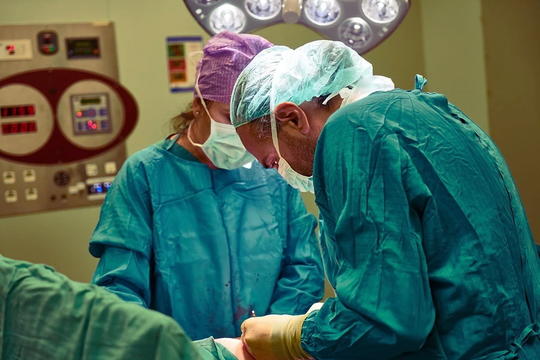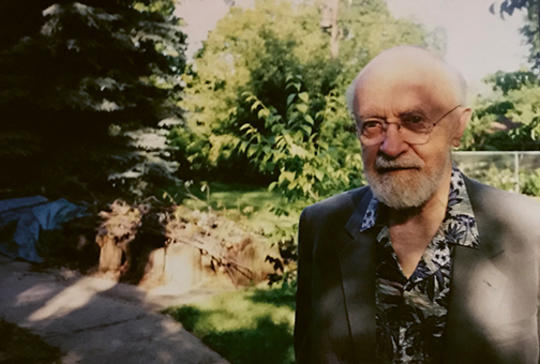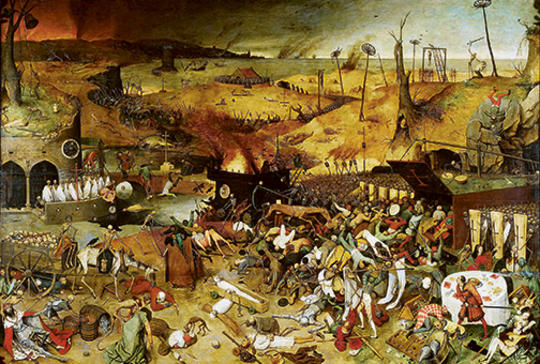The eLitMed.hu medical portal uses computer cookies for convenient operation. Detailed information can be found in the Cookie-policy.
Lege Artis Medicinae - 2020;30(12)
Content
[History of vaccine production in Hungary ]
[This study presents the complete history of the Hungarian vaccine production, partly in association with the process of fighting vaccine-preventable infectious diseases, and underlines the fact that every government actively contributed to the age-adjusted mandatory vaccination schedule of the past 140 years. It demonstrates the various achievements from the smallpox lymph production through the launch of diphtheria serum production at Phylaxia and the establishment of the National Public Health Institute (OKI) with its vaccine production and the later institutional transformation of OKI into Humán as economic corporation to its closure. Among all OKI’s vaccine production activities, this study focuses on the production of influenza vaccines, due to its international importance in the 1960s and 1970s. The vaccine production against diphtheria tetanus and pertussis stands out from Humán’s activities, and the tetanus component of this vaccine is still used in the products of a multinational vaccine manufacturer. ]
[Risk of nonsteroidal antiinflammatory drugs. Focus on aceclofenac]
[Nonsteroidal antiinflammatory drugs (NSAIDs) are among the most frequently used pharmaceuticals. Nevertheless, a number of studies emphasized that NSAIDs were damaging not only the gastrointestinal (GI), but also the cardiovascular (CV) system, could increase the blood pressure, the frequency of coronary events (angina, myocardial infarction) and stroke incidence, as well as they might deteriorate renal functions. The National Institute for Health and Care Excellence (NICE) did not find evidence that administering NSAIDs could increase the risk of developing COVID-19 or worsened the condition of COVID-19 patients. However, unwanted effects of specific drugs differ substantially in their occurrence and seriousness as well. It seemed to be for a long time that the NSAIDs provoked higher GI-risk was closely related to the COX1/COX2 selectivity, like the cardiovascular (CV) risk to the COX2/COX1 selectivity, however, the recent data did not prove it clearly. Based on the available literature while pondering the gastrointestinal and cardiovascular adverse events, among all NSAIDs the aceclofenac profile seemed to be the most favourable.]
[30 year history of surgery and the surgeon’s future ]
[During the past 3 decades, laparoscopic surgery has launched a revolution in operative medicine. The German gynaecologist Kurt Semm transformed the diagnostic laparoscopy for therapeutic procedure, as he performed the first laparoscopic appendectomy. The surgeon Erich Mühe contributed with laparoscopic cholecystectomy to the set of surgical instruments. All over the world, a wide spectrum of laparoscopic procedures has been applied. Several laparoscopic procedures are now preferred over open approaches. Morbid obesity is associated with significant comorbidity and mortality. Insufficiency of dietary measures lead to development of surgical interventions that resulted in unexpected excellent outcomes. “Metabolic surgery” was born. New methods and rising market of socio-medical requirements inspired progress in plastic surgery. Thanks to innovations in technology, reconstructive breast surgery has opened new ways. In the 1990s the prototype of “master–slave” robot controlled by a surgeon was constructed. Future of robotic surgery depends on cost reduction, development of new technologies and creating the best applications. Cooperation with partner medical specialities is essential for further development in surgery. Despite of obvious impact of new technologies the surgeon's way of thinking, personal qualities decision-making and professional knowledge remain crucial for further evolution. ]
[The metamizole]
[Metamizole in use for almost 100 years, is reviving in our days since it has proved its efficiency and gained popularity during the past years. By its special triple effect (analgesic, antipyretic and spasmolytic) it has a wide range of indications. Among the non-opioid analgesics it is one of the most powerful painkillers. Metamizole is a prodrug, since it transforms into active metabolites within the human body. Its action mechanism is complex, not completely understood so far. Contrasted to classic non-steroidal anti-inflammatory drugs, metamizole has low anti-inflammatory effect. Its severe, but very rare side effect – i.e. the agranulocytosis - hindered its administration for years and even today it is under intense discussions. Based on international studies, it proved to be a well tolerable, safe medication. Its side effect profile differs from non-steroidal anti-inflammatory drugs, thus in NSAID contraindications it provides an excellent alternative. Its good water solubility makes metamizole suitable for both oral and parenteral administration. For its efficiency and good safety profile, metamizole has been correctly reintroduced to the supply of over-the-counter painkillers in our country.]
[Changing glaucoma care in Hungary: is technical development accompanied by the improvement of glaucoma management?]
[Success and failure of the last thirty years of glaucoma care in Hungary are summarized in the current review on the occasion of the thirtieth anniversary of the establishment of Lege Artis Medicinae. Lege Artis Medicinae has been supporting glaucoma care with publishing scientific papers on glaucoma management since its establishment. During the last three decades our understanding of the pathomechanism of glaucoma has been changed, modern automated threshold perimetry became widely available for ophthalmologists, quantitative retinal imaging became established, modern topical glaucoma medication including the fixed dose combination and preservative-free eye drops appeared in clinical practice, and glaucoma microsurgery considerably improved. However, better converting the achievements into routine clinical practice requires further efforts from Hungarian ophthalmologists.]
[Family therapy encounters with the philosophy of dialogue – Ivan Boszormenyi-Nagy was born 100 years ago]
[This paper deals with the significant therapeutic innovations of Ivan Boszormenyi-Nagy in the light of their philosophical foundations. The greatest Hungarian family therapist, Boszormenyi-Nagy’s work evolved in America. The author, referring to Boszormenyi-Nagy’s career, presents the philosophical roots of his theory. Particularly Martin Buber’s philosophy of dialogue including the concept of existential guilt, violanting the justice of human order. Boszormenyi-Nagy, who elaborated contextual therapy and its main dimension, the ethics of fairness, assumes that family life, ethical questions of truthworthiness and responsibity for the consequences of our actions are inseparable. Contextual therapy was groundbreaking in its time with the therapeutic attitude and method of multidirected partiality, and is relevant even today. This guideline, requiring to include all people with their humanity, solidarity and accountability who are potentially affected remains sound clinical unifying principle of comprehensive psychotherapeutic practice. ]
1.
Clinical Neuroscience
[Headache registry in Szeged: Experiences regarding to migraine patients]2.
Clinical Neuroscience
[The new target population of stroke awareness campaign: Kindergarten students ]3.
Clinical Neuroscience
Is there any difference in mortality rates of atrial fibrillation detected before or after ischemic stroke?4.
Clinical Neuroscience
Factors influencing the level of stigma in Parkinson’s disease in western Turkey5.
Clinical Neuroscience
[The effects of demographic and clinical factors on the severity of poststroke aphasia]1.
2.
Clinical Oncology
[Pancreatic cancer: ESMO Clinical Practice Guideline for diagnosis, treatment and follow-up]3.
Clinical Oncology
[Pharmacovigilance landscape – Lessons from the past and opportunities for future]4.
5.
















